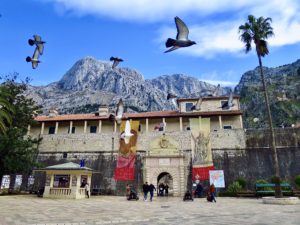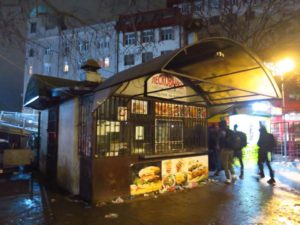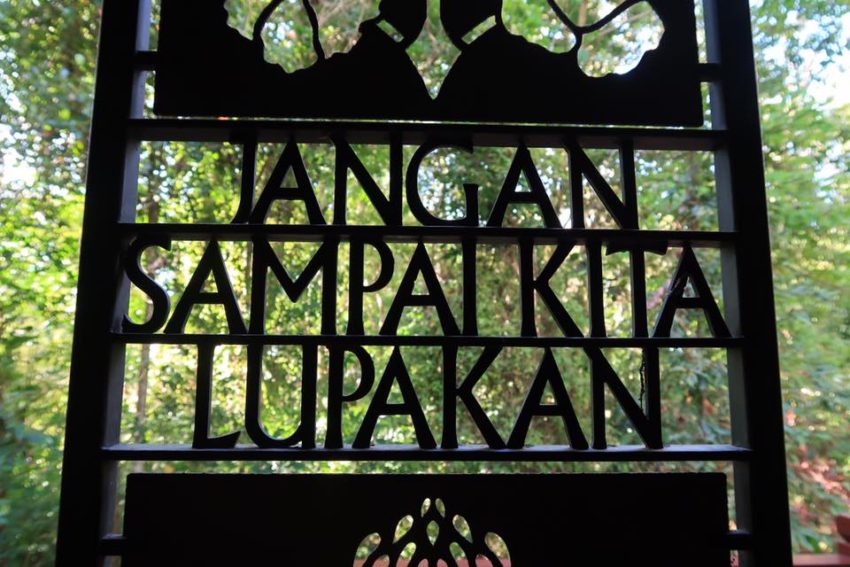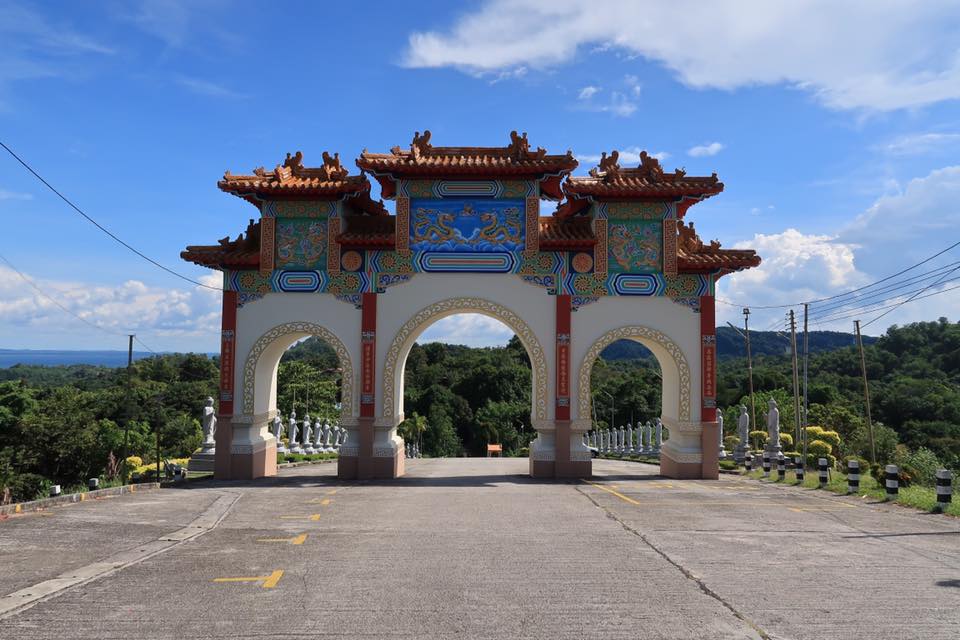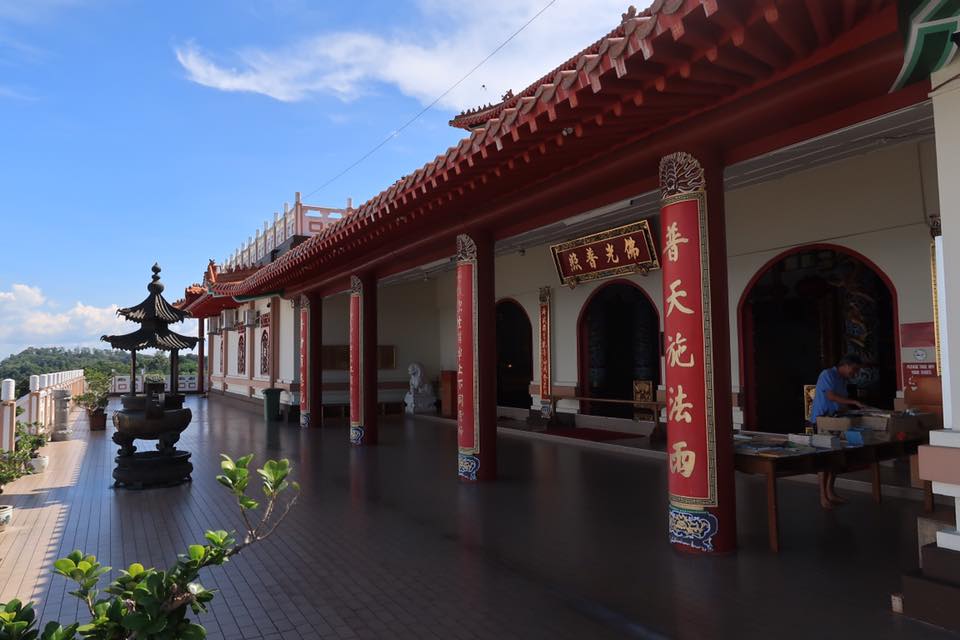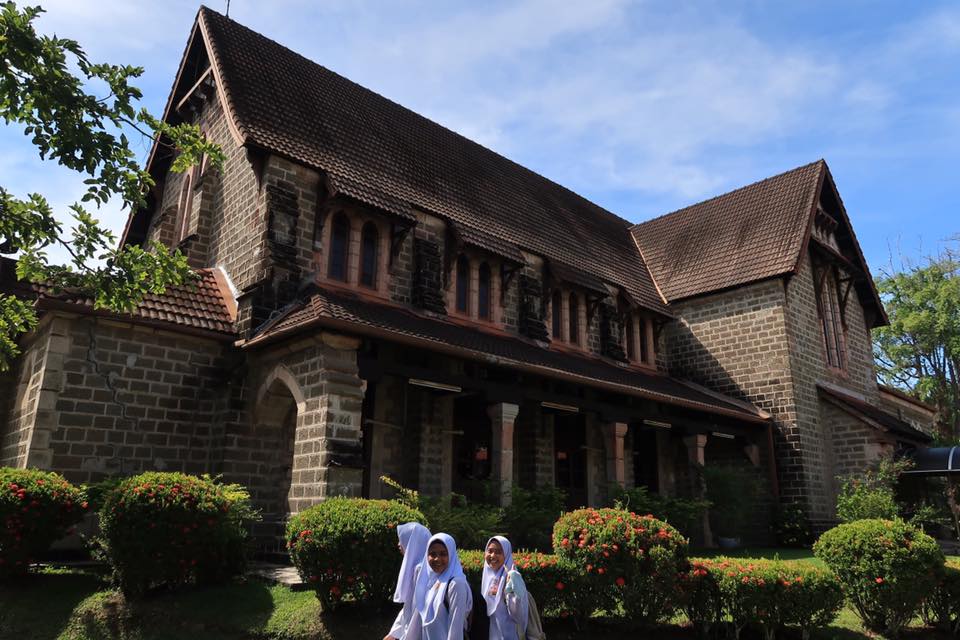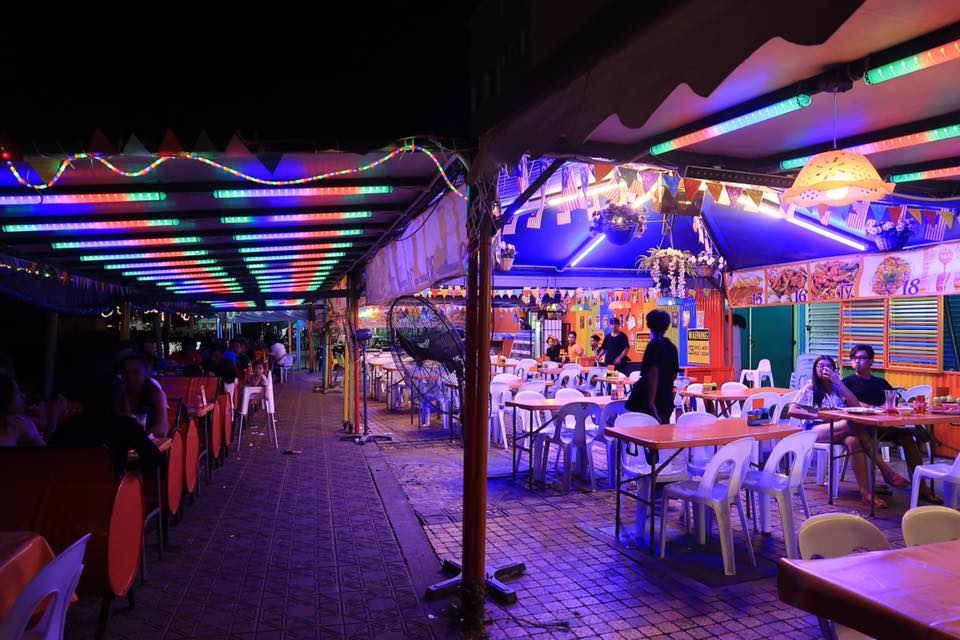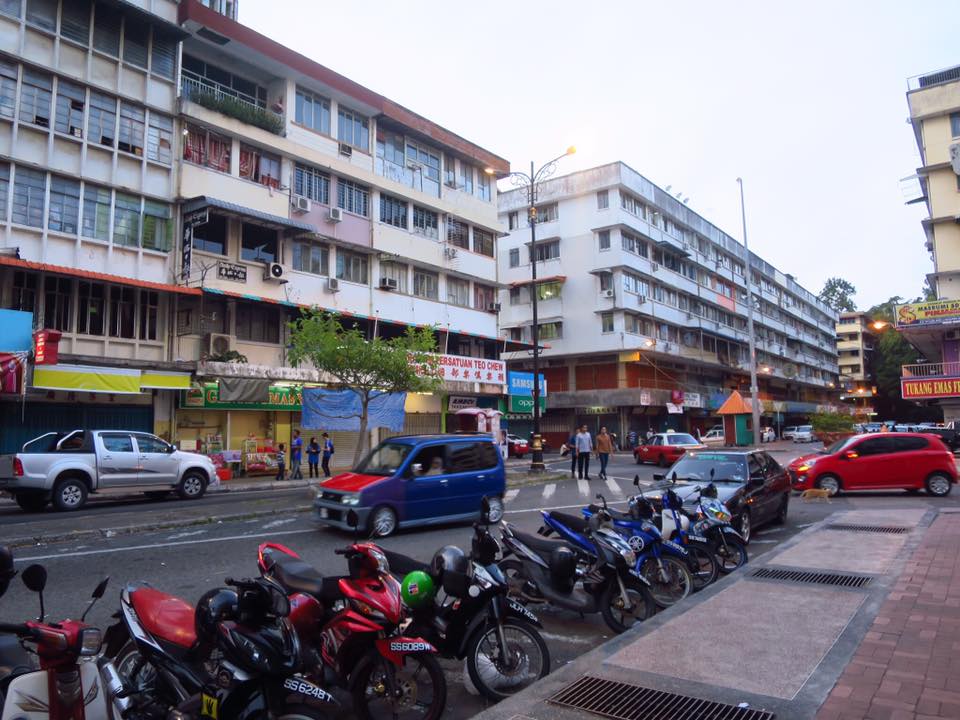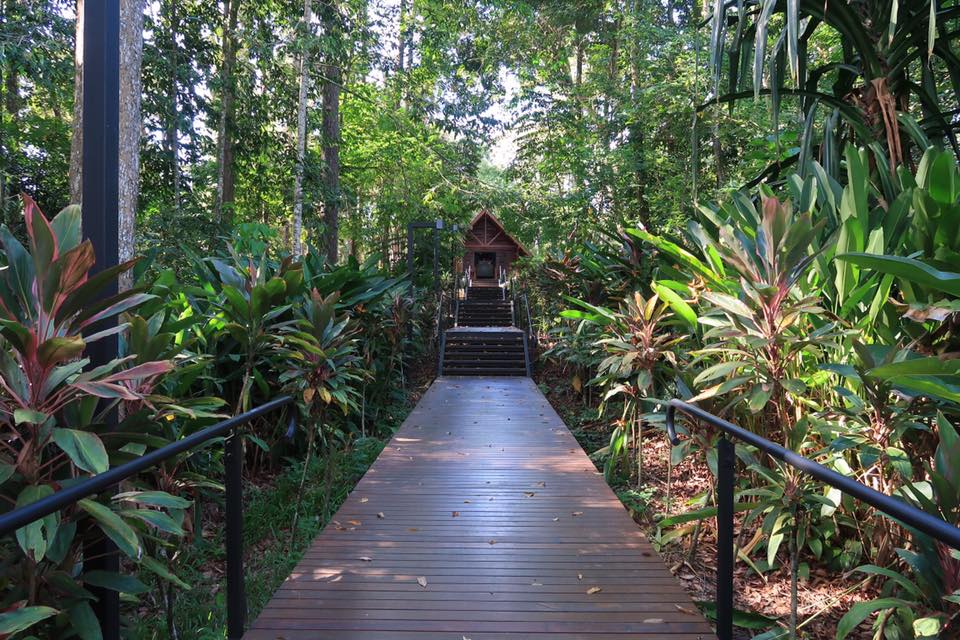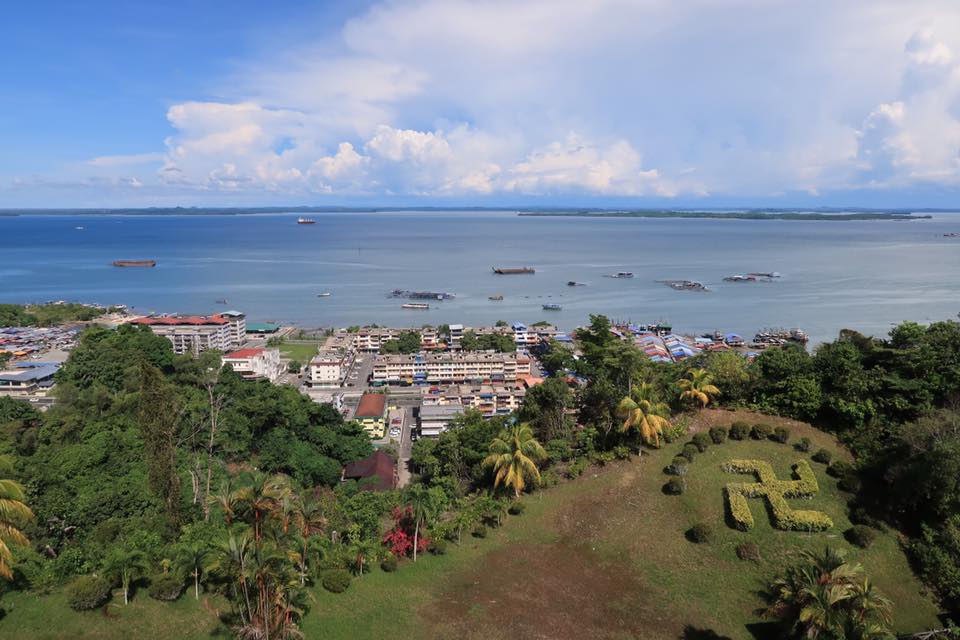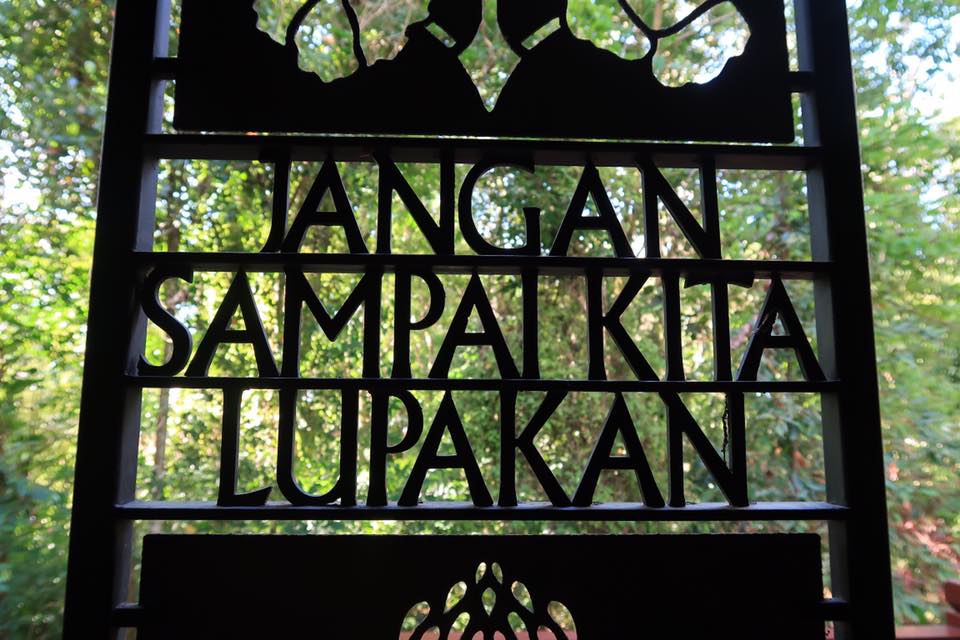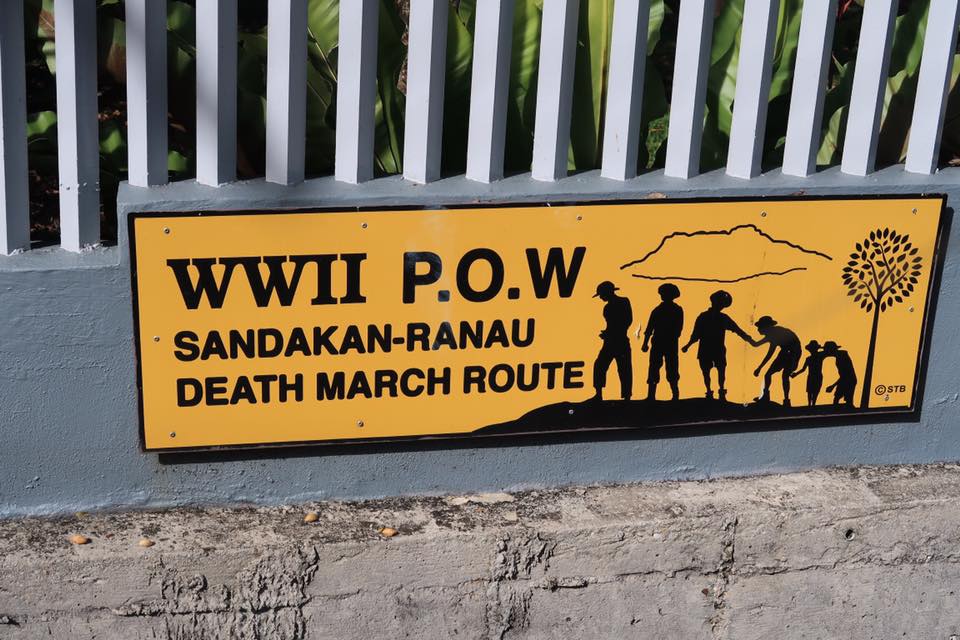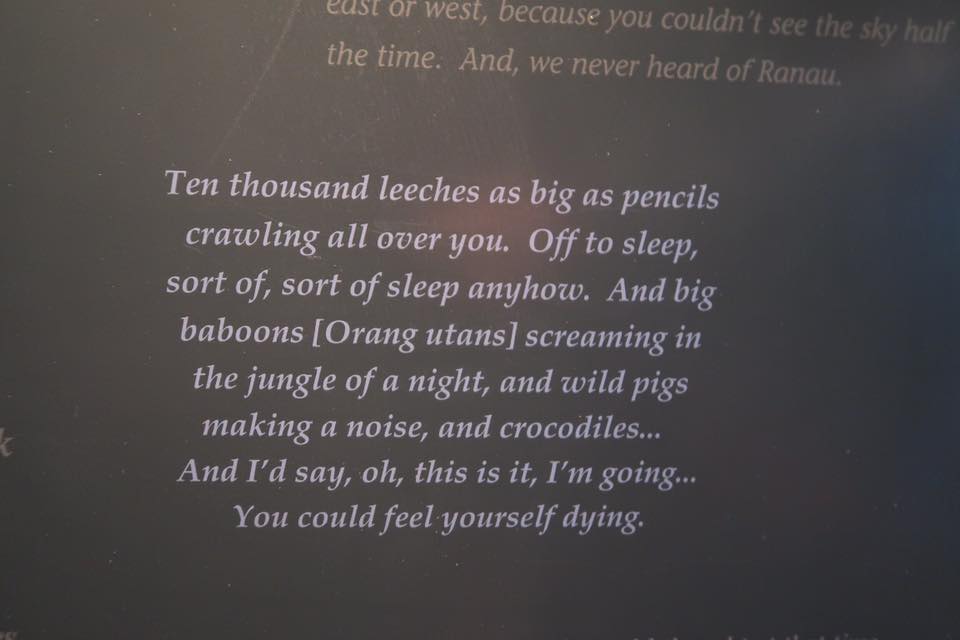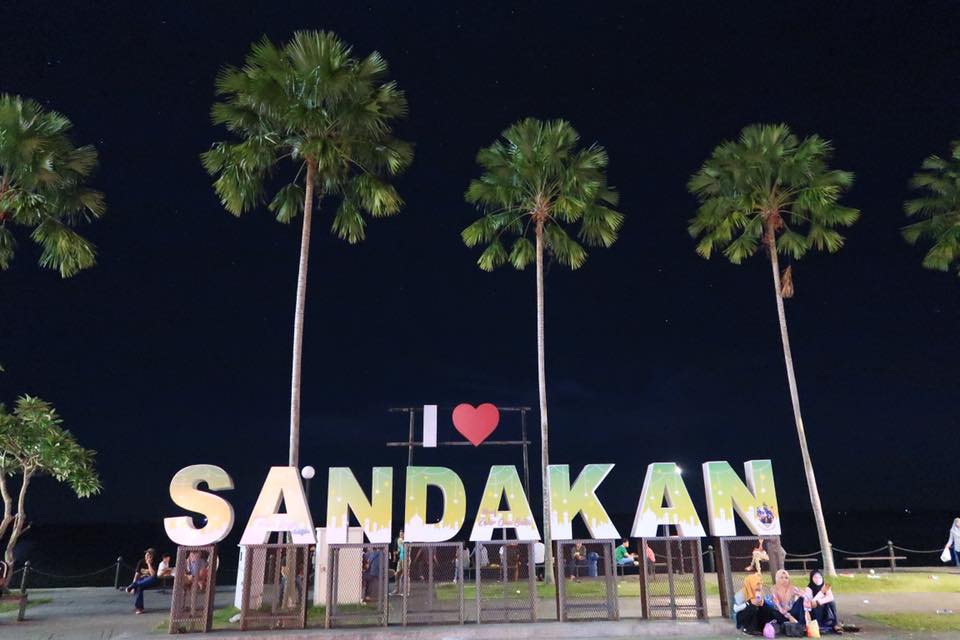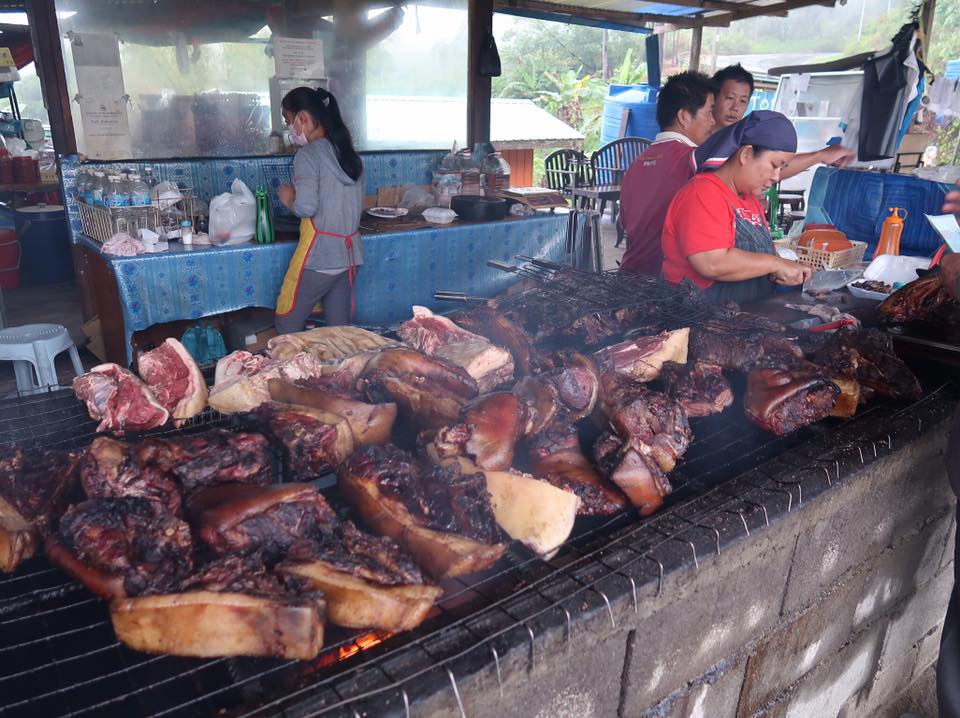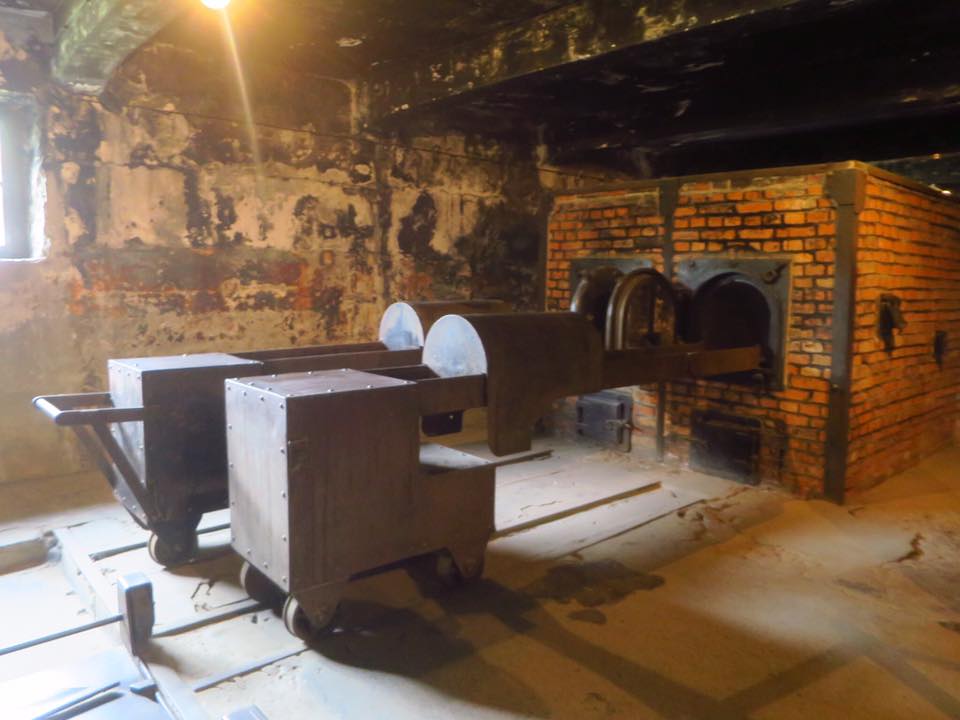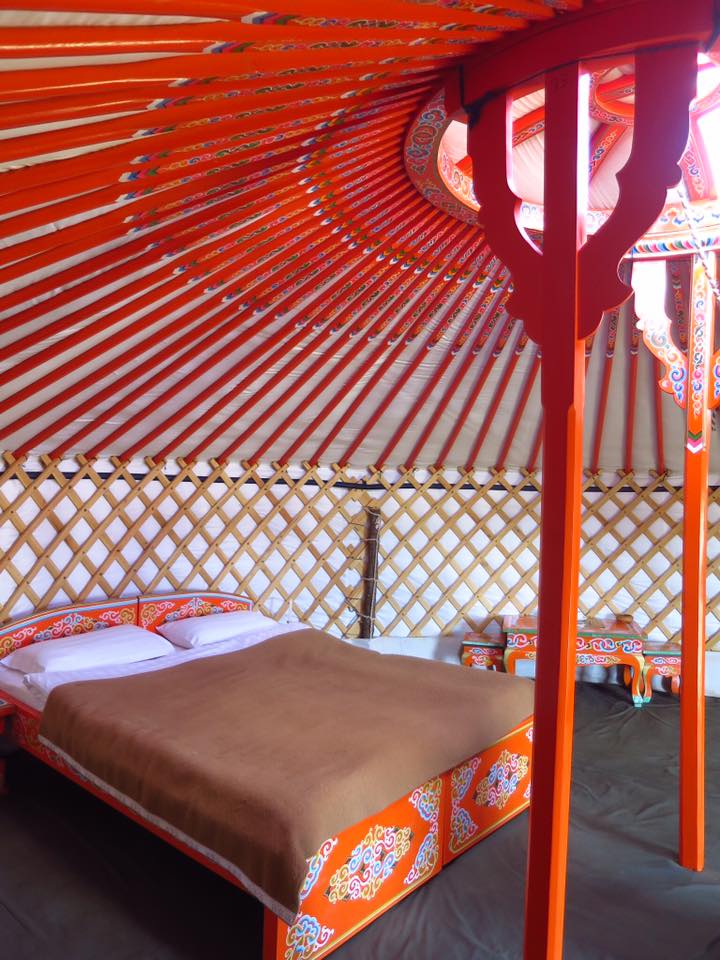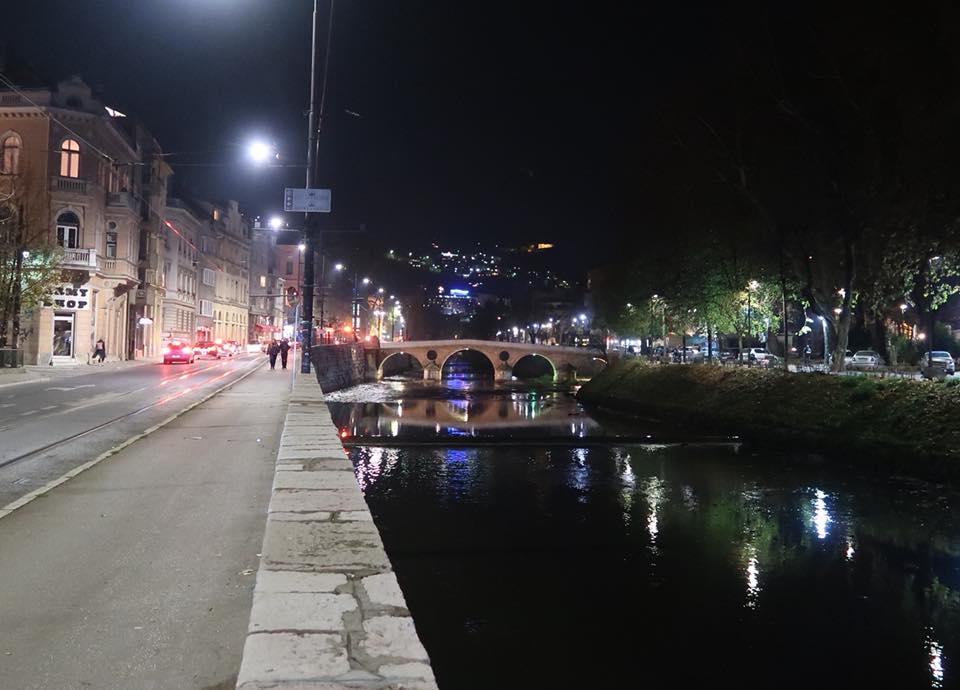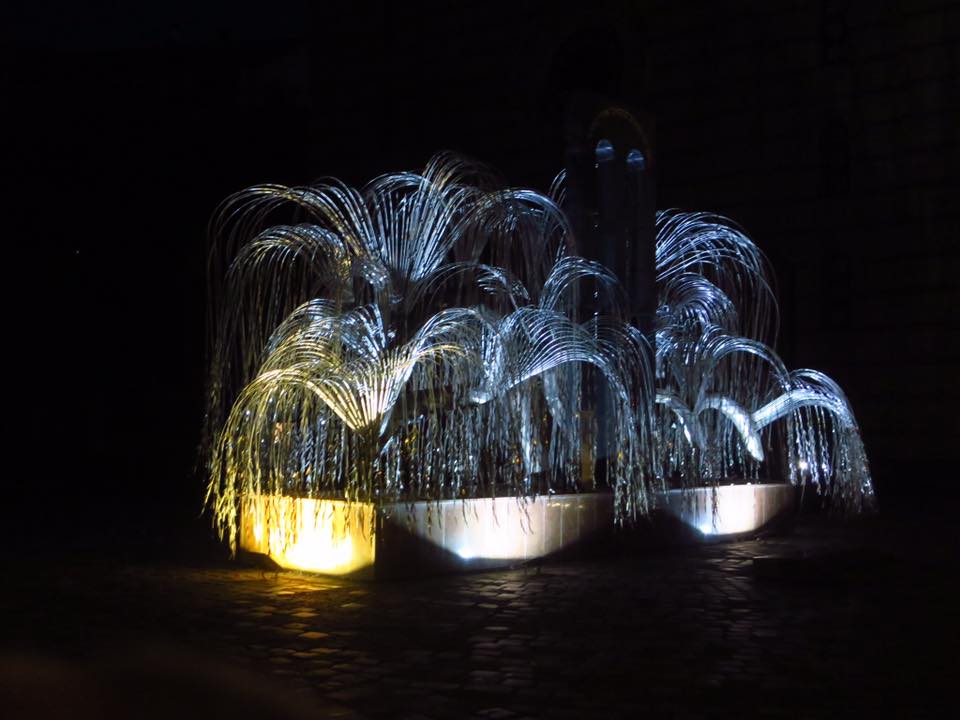In 1879, the British North Borneo Company chose Sandakan as its capital. The city flourished, but fell into the hands of the Japanese during WWII. Allied soldiers in Singapore surrendered in 1942. Shortly thereafter, the Japanese set up a prisoner-of-war camp in Sandakan so POWs could be used to build an airfield. Records show a total of 2,770 POWs were brought here (2,000 Australian and 770 British). The conditions in the camp were horrible, and greatly deteriorated when the Allied forces heavily bombed Sandakan and destroyed the airstrip.
In January 1945, when it was obvious that the Allies would win the war in the Pacific, the Japanese started to move west to their settlement in Ranau. There were three death marches during which healthy-enough (a very relative term) POWs were used to carry supplies and equipment 260 kilometers (162 miles) west. Those that got too sick along the march were killed. Those that had done their jobs successfully transporting their haul to Ranau were killed. Those in Sandakan that were too sick to even march were killed, and the camp was burned down to destroy any evidence of war crimes.
Only 6 Survived
Between January and August of 1945, all but six Australian POWs had either been killed, or died of hunger and diseases (dysentery, malaria and beri-beri). Two escaped during one of the marches and were saved by local people who delivered them to an Allied base. Four escaped from the camp in Ranau and were kept hidden by local people until the end of the war. Thousands of local people were also killed by the Japanese. The sufferings and heroism of the POWs and locals are preserved at the Sandakan Memorial Park, a park funded by the Australian Government with the support from the State Government of Sabah.
Sandakan was destroyed and never really regained its glory after WWII. The capital was moved to Jesselton (now named Kota Kinabalu). We are very glad we visited this beautiful city to bear witness to its beauty and history.
As we sit here at Sandakan Airport waiting for our delayed flight, I cannot help but be overwhelmed by the thought that thousands of young men were forced to build this airfield 76 years ago, of which only six survived.
